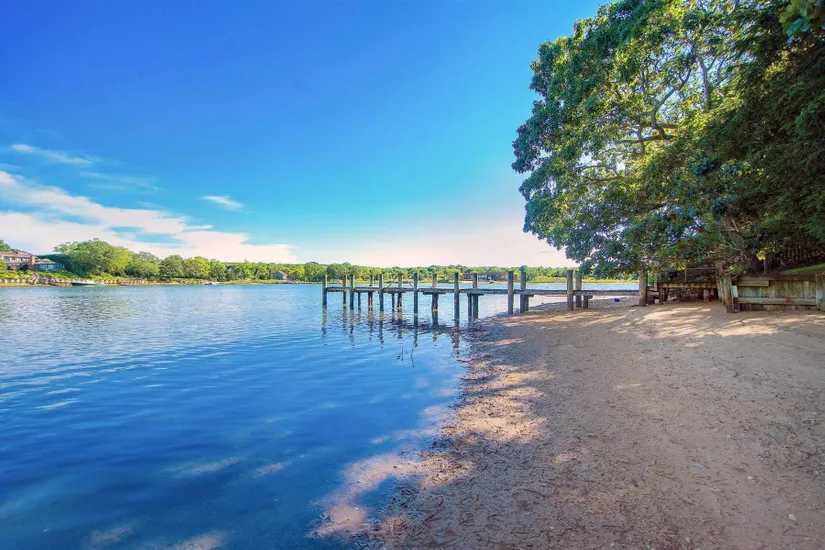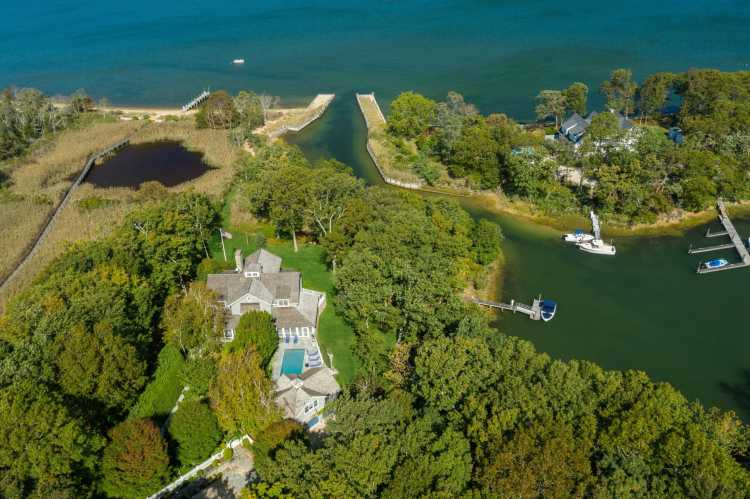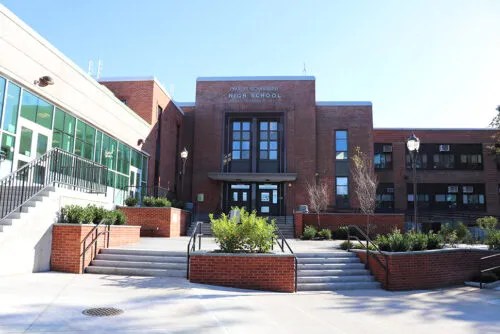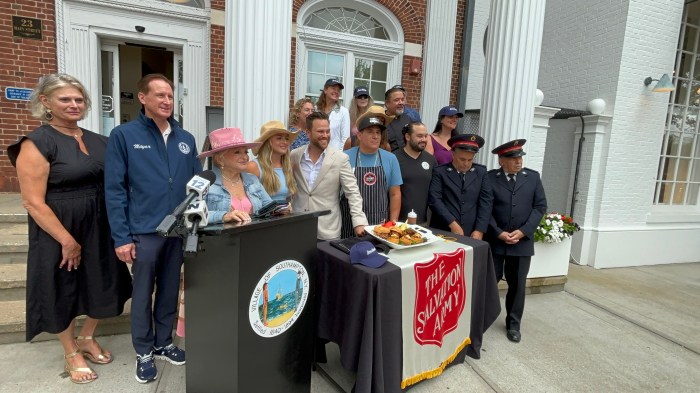Revenues for the Peconic Bay Community Preservation Fund (CPF) continue to lag behind figures for last year, but a milestone has been reached with the CPF having now generated $2 billion over the course of its 24-year existence.
“The Community Preservation Fund, in passing the $2 billion mark, has exceeded all projections made for the fund when it was first enacted in 1998,” Assemblyman Fred W. Thiele Jr., the program’s architect, said. Funds are generated with a 2% tax on most real estate transfers.
“The true measure of its success, however, is not the revenue, but the impact the CPF has had in protecting open space, farmland, and historic landmarks that define our community character and sense of place,” Thiele continued.
The billion-dollar mark was reached in 2015.
During the life of the program, Southampton Town has received a huge portion of the funds — $1,150,810. One recent purchase was John Steinbeck’s former property in Sag Harbor Village.
Meanwhile, East Hampton Town has received $581.65 million.
Over on the North Fork, $140.03 million has gone to Southold Town and $88.15 million has gone to Riverhead Town. Lastly, Shelter Island has received $41.25 million.
“The things that make the East End special, like historic villages, farms, bays, and beaches are secure. The East End thrives because the CPF has insured that conservation could keep pace with development,” Thiele added. “Our economy is our environment. Further, with the enactment of the Peconic Bay Community Housing Fund (CHF) last November, our region will have the tools to meet the current housing crisis by providing an appropriate variety and choice of affordable housing types for all income levels, by generating more than $600 million for housing initiatives over the life of the program.”
“Since 2015, it has also played a key role on reversing the trend of declining water quality across the Peconic Region. By protecting our land and water, the CPF has secured our traditional economic bases of farming, fishing, tourism, and second homes,” he said.
As for this year, the CPF revenues slowed down in 2022 as real estate cooled off following banner years during the height of the COVID-19 pandemic, and then it took a dive in 2023.
In the first two months of 2023, the fund took in $21.01 million for the Peconic Bay region, down 46.5% from the same period last year when it received $39.28 million.
February 2023 revenues totaled $12.65 million, as compared to the $14.59 million taken in February 2022.
Email tvecsey@danspapers.com with further comments, questions, or tips. Follow Behind The Hedges on Twitter, Instagram and Facebook.






















